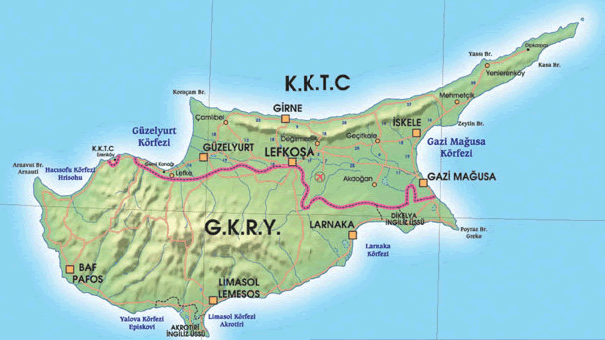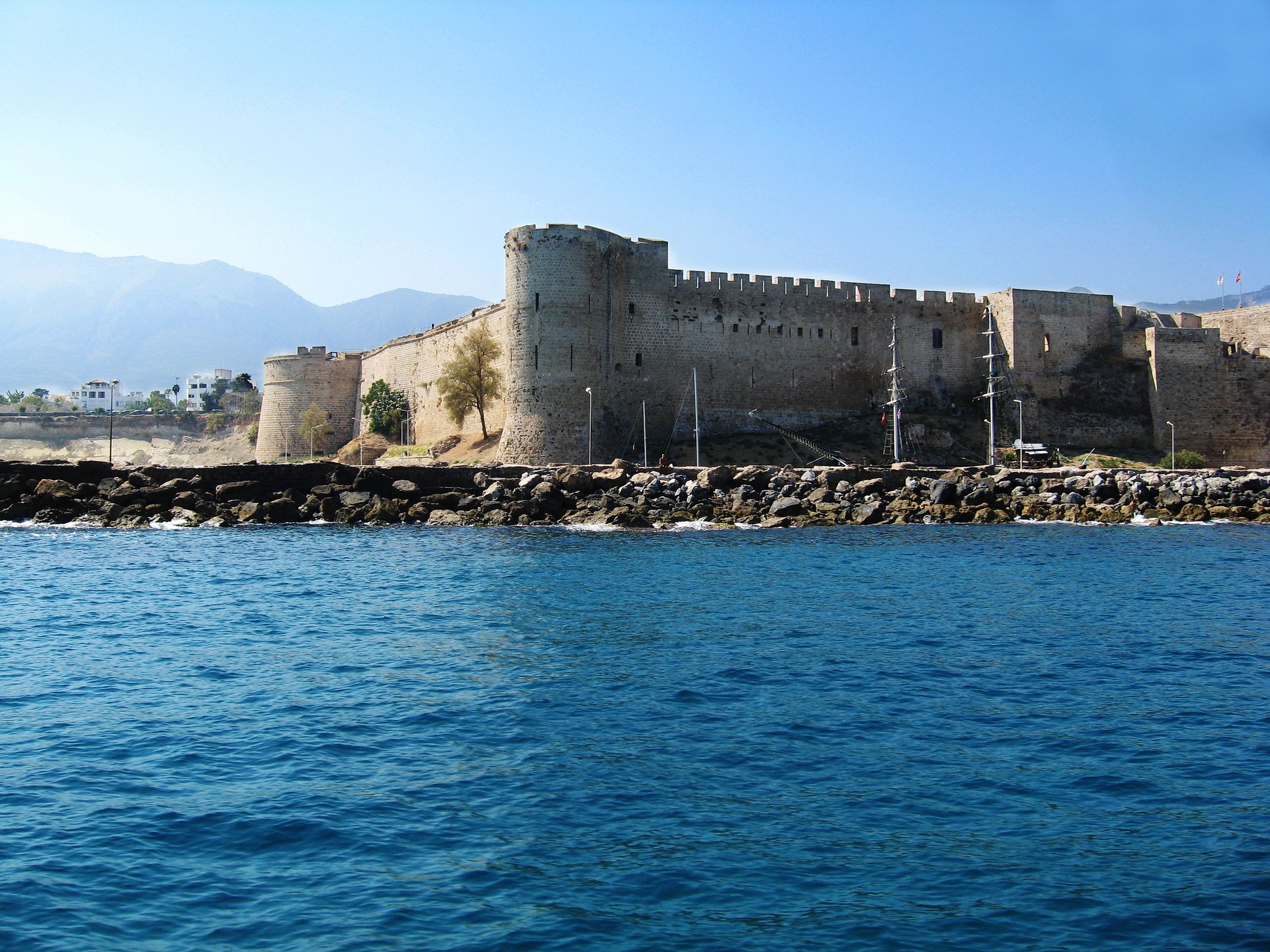Northern Cyprus: A Mosaic of History and Culture
- Home
- Northern Cyprus A – Z
- Northern Cyprus: A Mosaic of History and Culture
Nestled in the Eastern Mediterranean, Northern Cyprus, or the Turkish Republic of Northern Cyprus (TRNC), is a captivating blend of history, culture, and natural beauty. Just a 4-hour flight from central Europe, this island nation beckons with its rich heritage and stunning landscapes.
Geographical Significance Cyprus is strategically located with Turkey to its north, Syria to the east, Lebanon and Israel to the southeast, and Egypt to the south. As the third-largest island in the Mediterranean, it’s smaller than Sicily and Sardinia but larger than Corsica and Crete.
Cities of Distinction Northern Cyprus is home to four major towns:
- Lefkosa (Nicosia): The capital and the hub of administration and business.
- Magosa (Famagusta): The principal port with a rich maritime history.
- Girne (Kyrenia): A tourist magnet, renowned for its ancient harbor.
- Guzelyurt: The heart of the citrus fruit industry.
British Influence The British interest in Cyprus dates back to the 12th century. This long association has led to the adoption of many British customs in the TRNC. English is widely spoken, and driving is on the left-hand side, much like in the UK.
A Land Steeped in History Cyprus boasts a vibrant history, with influences from various civilizations over the millennia. From the Phoenicians, Assyrians, and Egyptians to the Greeks and the British, each has left an indelible mark on the island’s culture and architecture. The region is dotted with archaeological sites, medieval castles, and religious monuments, bearing testimony to its rich past.
Natural and Cultural Allure With over 300 days of sunshine, the TRNC is a paradise for beach lovers and water sports enthusiasts. The crystal-clear Mediterranean waters, unspoiled landscapes, and uncrowded beaches make it a sought-after destination. The island’s culture is a harmonious blend of Turkish Cypriot traditions and influences from its diverse historical rulers.





